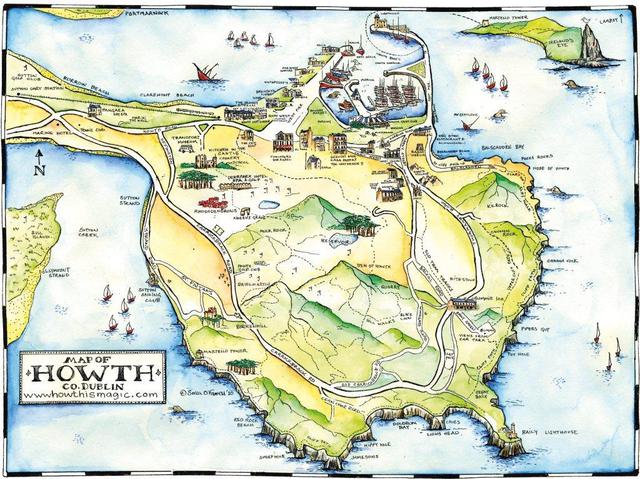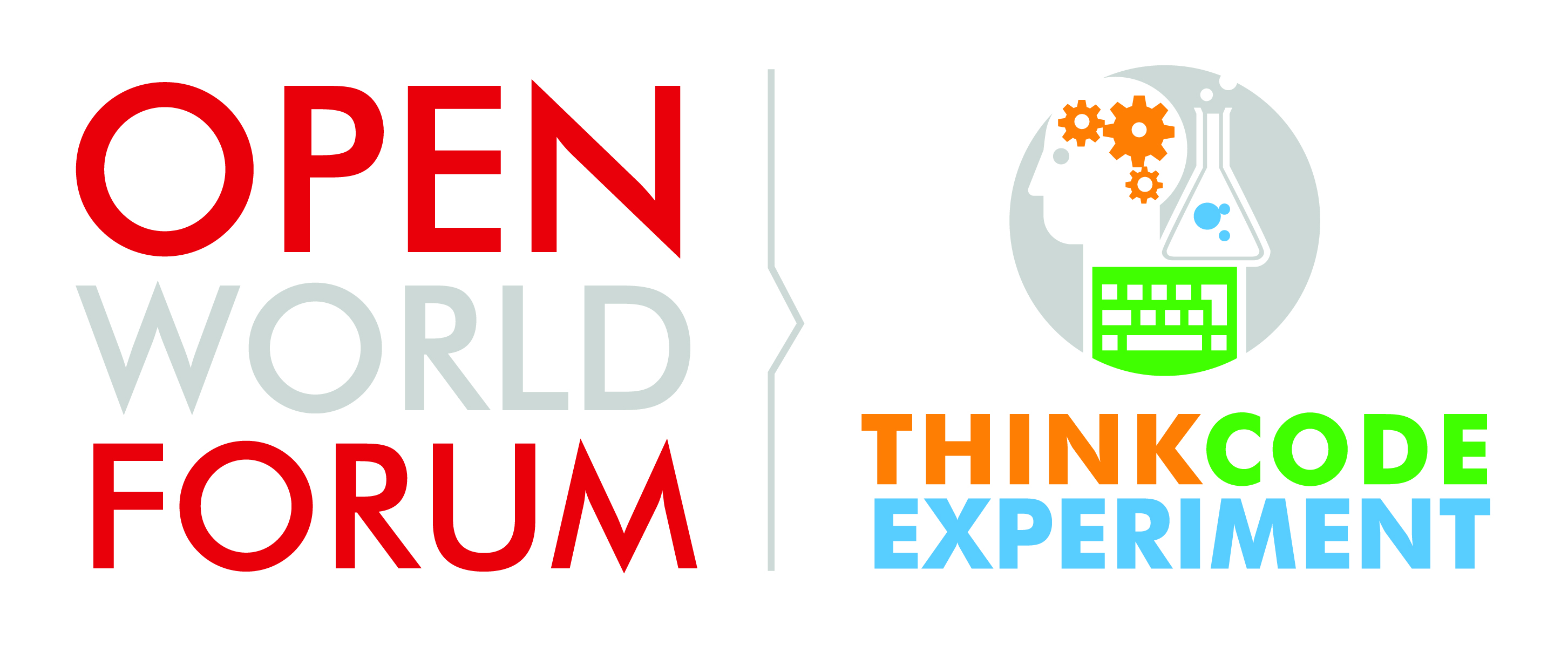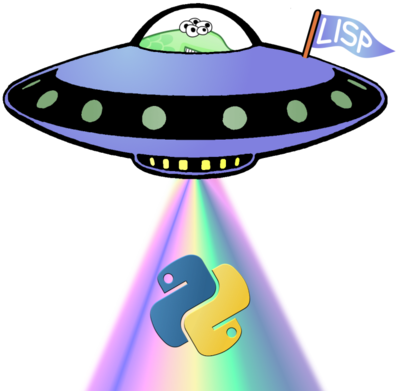

I wrote a book!

PostgreSQL is an all round impressive Relational DataBase Management System which implements the SQL standard (see the very useful reference page Comparison of different SQL implementations for details). PostgreSQL also provides with unique solutions in the database market and has been leading innovation for some years now. Still, there’s no support for Autonomous Transactions within the server itself. Let’s have a look at how to easily implement them with PL/Proxy.


In our previous article about Loading Geolocation Data, we did load some data into PostgreSQL and saw the quite noticable impact of a user transformation. As it happens, the function that did the integer to IP representation was so naive as to scratch the micro optimisation itch of some Common Lisp hackers: thanks a lot guys, in particular stassats who came up with the solution we’re seeing now.

As I’ve been mentionning in the past already, I’m currently rewriting pgloader from scratch in Common Lisp. In terms of technical debt that’s akin to declaring bankrupcy, which is both sad news and good news as there’s suddenly new hope of doing it right this time.

